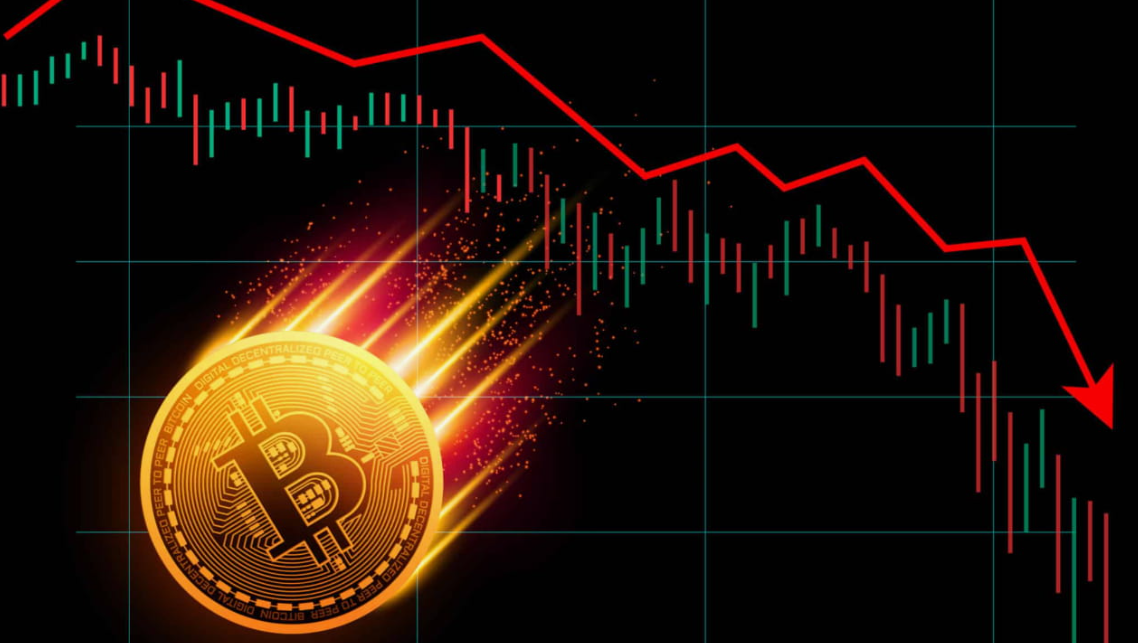When it comes to making smart investments, understanding market trends is key. Whether you’re trading forex, stocks, or commodities, getting a good grip on trends can make the difference between a successful investment and a costly mistake. In this article, we’ll dive into what market trends are, why they matter, and how you can use them to make smarter investment decisions. Let’s keep it simple, relatable, and practical—because, hey, everyone needs to understand the basics to get ahead, right?
What Are Market Trends?
Market trends refer to the general direction in which a financial market is moving. This movement can be upward, downward, or sideways. So, basically, a trend shows whether the prices are going up, falling, or just kinda chilling in a range. Now, I know this sounds basic, but trust me—keeping an eye on these trends is critical for anyone involved in trading or investing. Why? Because trends help you predict what might happen next. And let’s be real, no one wants to be surprised when prices start to drop.
Types of Market Trends
- Uptrend – When the prices keep rising over a period of time. Think of it like climbing a hill—every step you take is higher than the last one.
- Downtrend – Just the opposite. Prices are going down. If you’re not careful, it’s like tumbling downhill.
- Sideways Trend – When the market isn’t really moving up or down. It’s flat like a pancake, and there’s not much action going on.
Each of these trends plays a role in shaping your trading strategies, and spotting them can help you make informed decisions.
Why Are Market Trends Important?
So, why should you care about trends? Simple. They tell you where the market is headed. For example, if you know that a particular stock or currency is in an uptrend, you might decide to hold on to your position for a little longer. On the flip side, if a downtrend is starting to form, it might be time to cut your losses and get out. Trends are basically the breadcrumbs that lead you to smarter investment decisions.
Personal Insight
From my experience, understanding trends has saved me from a lot of poor investment choices. There have been times when I got a little too confident, thinking I could “outsmart” the market. Guess what? I couldn’t. When I ignored trends, I lost money. It’s that simple. So, now, I always keep an eye on market trends before making any big moves.
How to Spot a Market Trend
Alright, now that you know what market trends are and why they matter, let’s get into the fun part—spotting them. Here’s a straightforward guide to identifying trends, even if you’re a newbie.
1. Use Charts
Charts are your best friend when it comes to spotting trends. Look for patterns in price movements. Are the prices forming higher highs and higher lows? That’s an uptrend. Lower lows and lower highs? Downtrend.
2. Moving Averages
If charts feel a little too technical, moving averages simplify things. A moving average smooths out the price data and gives you a clearer picture of the trend. If the price is above the moving average, it’s probably an uptrend. Below? Downtrend.
3. Volume
Volume refers to how much of a stock, currency, or commodity is being traded. A big spike in volume can indicate that something major is about to happen. If the price is rising with high volume, that’s a strong uptrend. But if volume is low and prices are fluctuating, you might be in a sideways trend.
Timing the Market: When to Jump In
Now that you can spot trends, the next question is: When should you jump in? Timing is everything in the world of trading. Too early, and you might end up buying at a peak. Too late, and you could miss out on the gains.
1. Follow the Trend
One golden rule: the trend is your friend. If a stock or currency pair is in a strong uptrend, follow it. Jumping into a rising market can often be a safe bet. But beware—don’t jump in too late!
2. Watch for Reversals
A trend reversal happens when the market changes direction. Spotting reversals can be tricky, but they usually come with warning signs like decreasing volume or a moving average crossover.
3. Be Patient
In all honesty, one of the hardest parts of investing is knowing when not to act. Sometimes the best thing you can do is wait. If the trend is unclear or looks shaky, it’s okay to stay on the sidelines until the market gives you clearer signals.
Personal Insight
I remember once jumping into a trade because I didn’t want to miss out. I saw a stock skyrocketing and thought it was my golden opportunity. Well, I got in right before a trend reversal, and, let’s just say, it wasn’t a pleasant experience. Since then, I’ve learned that patience is a virtue in trading.
Using FXpricing to Stay on Top of Trends
Here’s where FXpricing.com comes in handy. With their real-time data and charts, you can easily track market trends across forex, cryptocurrencies, and stocks. They offer customizable dashboards so you can see everything that matters to you in one place. Whether you’re tracking forex cross rates or live crypto prices, FXpricing has you covered.
Tools Offered by FXpricing:
- Real-Time Data: Get the latest prices and trends in forex, crypto, and stocks.
- Historical Data: Look at past trends to help predict future ones.
- Custom Dashboards: Personalize your trading experience.
- Economic Calendar: Stay updated on major events that could affect market trends.
FXpricing is a one-stop shop for brokers, investors, and traders who need reliable market data to make informed investment decisions.
FAQs
1. What is a market trend?
A market trend is the general direction in which the price of a stock, currency, or commodity is moving—either up, down, or sideways.
2. Why are market trends important for traders?
Market trends help traders make informed decisions by showing where the market is headed, helping them know when to buy or sell.
3. How can I identify a market trend?
You can identify a trend by looking at charts, using moving averages, and analyzing the trading volume. Consistent higher highs and higher lows usually indicate an uptrend, while lower lows and lower highs signal a downtrend.
4. What tools does FXpricing offer to track market trends?
FXpricing provides real-time and historical data, customizable dashboards, live charts, and an economic calendar—all essential tools for tracking market trends.
5. How do I time the market?
Timing the market involves following the current trend, watching for reversals, and being patient. Use tools like moving averages and volume analysis to help with timing.




